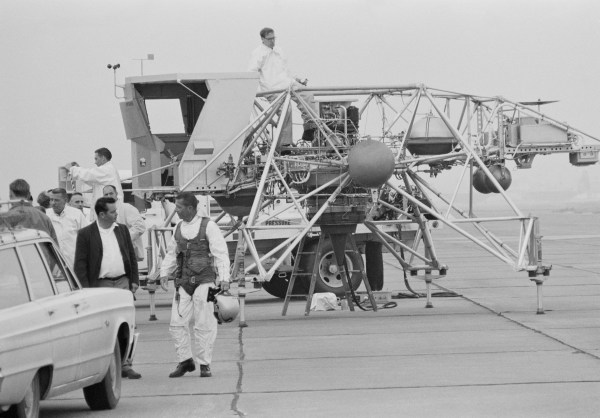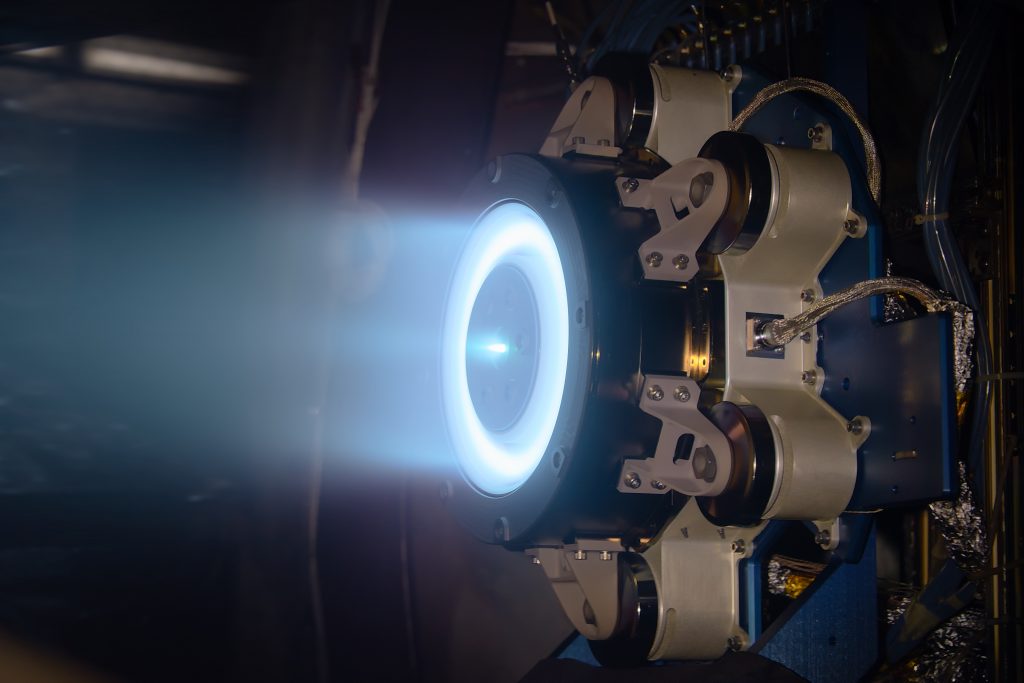2024 SARP West Closeout
On August 12-13, 24 students from the West Coast cohort of NASA’s Student Airborne Research Program (SARP) gathered at University of California, Irvine (UCI) to present their final research to a room of mentors, professors, family, and NASA personnel. SARP is an eight-week summer internship for undergraduate students, hosted in two cohorts: SARP West operates […]

5 min read
Preparations for Next Moonwalk Simulations Underway (and Underwater)
On August 12-13, 24 students from the West Coast cohort of NASA’s Student Airborne Research Program (SARP) gathered at University of California, Irvine (UCI) to present their final research to a room of mentors, professors, family, and NASA personnel.
SARP is an eight-week summer internship for undergraduate students, hosted in two cohorts: SARP West operates out of Ontario Airport and UCI in California, while SARP East operates out of Wallops Flight Facility and Christopher Newport University in Virginia. After research introductions from faculty, instrument scientists, and staff, students are assigned one of four research categories: for SARP West, these categories are aerosols, terrestrial ecology, whole air sampling (WAS), or oceans. Each group is led by a dedicated researcher who is a specialist in that field, along with a graduate student mentor. Over the course of the summer, each intern develops their own research project as they conduct field work, collect data, and fly onboard either the P-3 or B200 NASA flying laboratories.
“You really see them become scientists in their own right,” said Stephanie Olaya, Program Manager for SARP East and West. “A lot of these projects are PhD level: they are researching and making novel discoveries for the field. They don’t even realize the magnitude of the things they’ve accomplished until the end of the program.”
You really see them become scientists in their own right. A lot of these projects are PhD level: they are researching and making novel discoveries for the field.

Stephanie olaya
SARP Program Manager
Research is not the only focus of the program, however. Faculty and mentors alike commented on the confidence they watched grow in the cohort over the two month internship, and the sense of camaraderie with their peers. Olaya says building a sense of community is a primary goal of the program, which encourages close friendships through communal living, regular group dinners, and weekend trips, in addition to the hours of team fieldwork, data collection, and laboratory analysis.
The final presentations are another critical facet of the program, as it teaches students how to communicate scientific research and results to a non-scientific audience. “We want to impress on these students that science is not just for scientists,” Olaya said. “Science is for everyone.”
The event finished with closing remarks by Barry Lefer, Tropospheric Composition Program Manager at NASA Headquarters. “I want to welcome you to the SARP family,” Lefer said, “and to the NASA family.”
To watch videos of these student’s presentations and/or read their research abstracts, please follow the links below.
2023 SARP West Research Presentation Topics:
Oceans Group
Introduced by Oceans Group PhD student mentor Lori Berberian, University Of California, Los Angeles
- Leveraging high resolution PlanetScope imagery to quantify oil slick spatiotemporal variability in the Santa Barbara Channel
- Emory Gaddis, Colgate University
- Investigating airborne LiDAR retrievals of an emergent South African macroalgae
- Rachel Emery, The University of Oklahoma
- Vertical structure of the aquatic light field based on half a century of oceanographic records from the Southern California current
- Brayden Lipscomb, West Virginia University
- Comparing SWOT and PACE satellite observations to assess modification of phytoplankton biomass and assemblage by North Atlantic ocean eddies
- Dominic Bentley, Pennsylvania State University
- Assessing EMIT observations of harmful algae in the Salton Sea
- Abigail Heiser, University of Wisconsin- Madison
- Reassessing multidecadal trends in water clarity for the Central and Southern California current system
- Emma Iacono, North Carolina State University
Atmospheric Aerosols Group
Introduced by Atmospheric Aerosols PhD student mentor Madison Landi, University of California, Irvine
- A comparative analysis of tropospheric NO2: Evaluating TEMPO satellite data against airborne measurements
- Maya Niyogi, Johns Hopkins University
- Investigating the atmospheric burden of black carbon over the past decade in the Los Angeles Basin
- Benjamin Wells, San Diego State University
- Tracking methane and aerosols in relation to health effects in the San Joaquin Valley
- Devin Keith, Mount Holyoke College
- Investigating the effects of aerosols on photosynthesis using satellite imaging
- Lily Lyons, Brandeis University
- Validating the performance of CMAQ in simulating the vertical distribution of trace gases
- Ryleigh Czajkowski, South Dakota School of Mines and Technology
- Estimating aerosol optical properties using Mie Theory and analyzing their impact on radiative forcing in California
- Alison Thieberg, Emory University
Whole Air Sampling (WAS) Group
Introduced by WAS PhD student mentor Katherine Paredero, Georgia Institute of Technology
- Urban planning initiative: Investigation of isoprene emissions by tree species in the LA Basin
- Mikaela Vaughn, Virginia Commonwealth University
- VOC composition and ozone formation potential observed over Long Beach, California
- Joshua Lozano, Sonoma State University
- Investigating enhanced methane and ethane emissions over the Long Beach Airport
- Sean Breslin, University of Delaware
- Investigating elevated levels of toluene during winter in the Imperial Valley
- Katherine Skeen, University of North Carolina at Charlotte
- Characterizing volatile organic compound (VOC) emissions from surface expressions of the Salton Sea Geothermal System (SSGS)
- Ella Erskine, Tufts University
- Airborne and ground-based analysis of Los Angeles County landfill gas emissions
- Amelia Brown, Hamilton College
Terrestrial Ecology Group
Introduced by Terrestrial Ecology PhD student mentor Megan Ward-Baranyay, San Diego State University
- Predicting ammonia plume presence at feedlots in the San Joaquin Valley from VSWIR spectroscopy of the land surface
- Gerrit Hoving, Carleton College
- Burn to bloom: Assessing the impact of coastal wildfires on phytoplankton dynamics in California
- Benjamin Marshburn, California Polytechnic State University- San Luis Obispo
- Species-specific impact on maximum fire temperature in prescribed burns at Sedgwick Reserve
- Hannah Samuelson, University of St. Thomas
- Quantifying the influence of soil type, slope, and aspect on live fuel load in Sedgwick Reserve
- Angelina Harris, William & Mary
- From canopy to chemistry: Exploring the relationship between vegetation phenology and isoprene emission
- Emily Rogers, Bellarmine University
- Keeping it fresh(water): Understanding the influence of surface mineralogy on groundwater quality within volcanic aquifer systems
- Sydney Kent, Miami University
Share
Details
Related Terms
What's Your Reaction?



















.jpg?#)





































